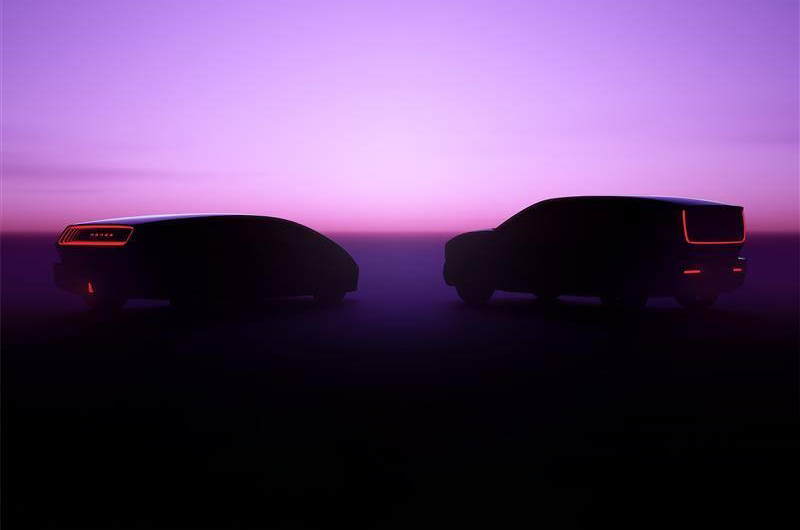Meanwhile, large models will have a pack of around 100kWh. It’s unclear if different battery options will be offered on each model.
As well as extensive use of mega-casting, Honda will use a number of new production techniques designed to increase the platform’s rigidity while reducing weight. That includes expanded use of a system called ‘3D friction stir welding’, which can join metals without melting them, along with ‘constant DC chopping’ (CDC) spot welding, which controls the heat used to weld joints better. The use of both manufacturing techniques is claimed to result in greater rigidity and decreased deformation.
In addition, Honda said it has developed the body structure of the 0 Series platform to disperse the impact of a collision to the side of the structure, which reduces the space at the front and rear required for protection for the battery.
Overall, Honda claims the 0 Series Saloon will weigh around 100kg less than a current EV of its size, which is also key to the firm’s promise to offer an enjoyable driving experience.
The car will feature a steer-by-wire throttle, which suggests that the yoke offered on the concept car could reach production. The control unit for the system will be integrated with those for the suspension, brakes and regen system to aid handling.
The 0 Series Saloon will feature active aerodynamics that can channel air underneath the car via sculpted bodywork, adding up to six miles of range, as well as creating downforce.
3D gyro sensors, developed for Honda’s humanoid robots, will be used to automatically stabilise the car.
Notably, the lightweight aluminium frame has been designed to flex when cornering at speeds, pushing load onto the outside of the wheels to improve cornering balance.
All 0 Series models will be software-defined vehicles, able to accept over-the-air software updates to gain new features and upgrades.
They will be designed to offer up to level-three (‘eyes-off’) autonomy in certain situations, thanks to a range of camera, radar and lidar sensors.
Production of the 0 Series models will initially begin at Honda’s plant in Ohio, the US, which will be adapted so that ICE and EV cars can be made on the same line. That will be achieved by the use of a new flex cell production system, which makes greater use of decentralised production stations with chassis and parts moved via autonomous robots. This means Honda will be able to constantly adapt ICE and EV output based on demand.
A new plant dedicated to EV production, along with a battery plant, will be built in Ontario, Canada by 2028.

